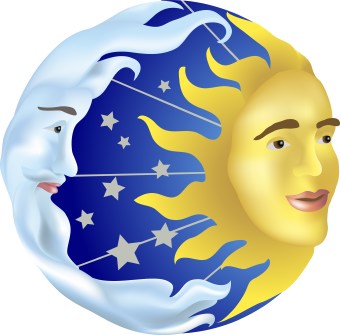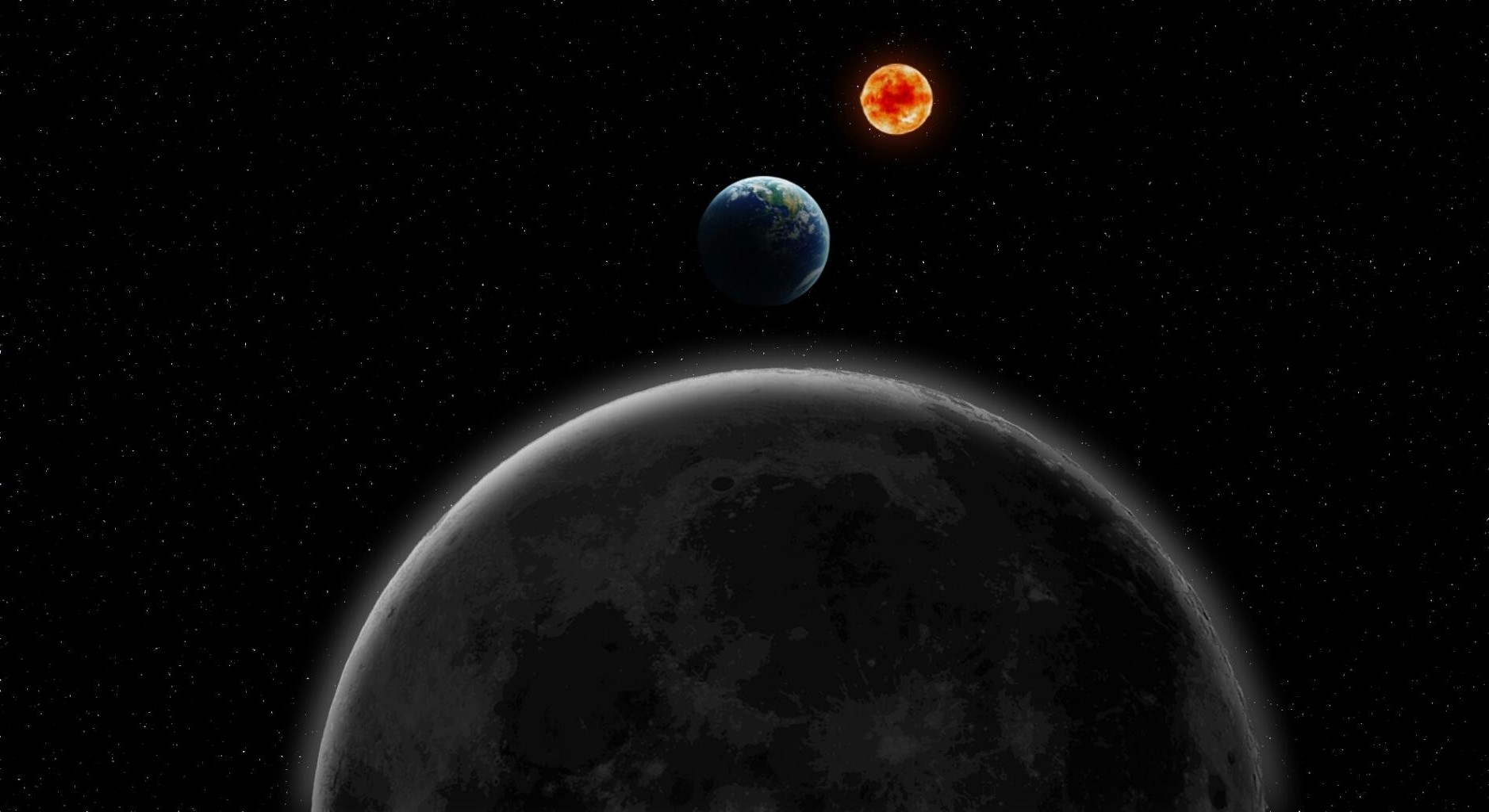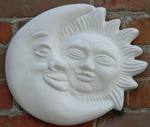

The tilted ramp works the same as the tilted “platform” of the Earth beneath our feet. If you turn around, the horizon appears to tilt the opposite way. In front of you, the horizon looks higher on the right and lower on the left. Earth has a tilt of 23.5 degrees on its axis, which means that when we observe the Moon from Earth, it’s a little like we’re standing sideways on a ramp.

The tilt of the Moon’s orbit contributes to this, but it’s mostly due to the tilt of our Earth. We call this motion “libration in latitude.”įinally, the Moon appears to tilt back and forth like a metronome. Most likely, God also adjusted the speed of the earths revolution around the sun as well as the moons speed of orbit around the earth. The 5 degree tilt of the Moon’s orbit also causes it to appear to nod, as though it were saying “yes.” The tilt sometimes brings the Moon above Earth’s northern hemisphere, and sometimes below Earth’s southern hemisphere, allowing us to see slightly more of the northern or southern hemispheres of the Moon. We call this motion “libration in longitude.” When the Moon is farthest from Earth and orbiting at its slowest, its rotation gets a little ahead, and we see a bit more of its western side.

When the Moon is at its closest to Earth and moving most quickly along its orbital path, the Moon itself doesn’t rotate quite fast enough to keep entirely the same side facing us, and we get to see a little more of the eastern side of the Moon. The other half turned away is dark, and can give out no. The Moon’s rate of rotation around its own axis, though, always stays the same. For, of course, only that half of the moon which is turned directly towards the sun is bright. Because the Moon's orbit is not perfectly circular, its distance from Earth and its speed in orbit both change slightly throughout the month.


 0 kommentar(er)
0 kommentar(er)
